Language
You can read the magazine in one of the following languages
Geolocation
You can read the global content or the content from your region
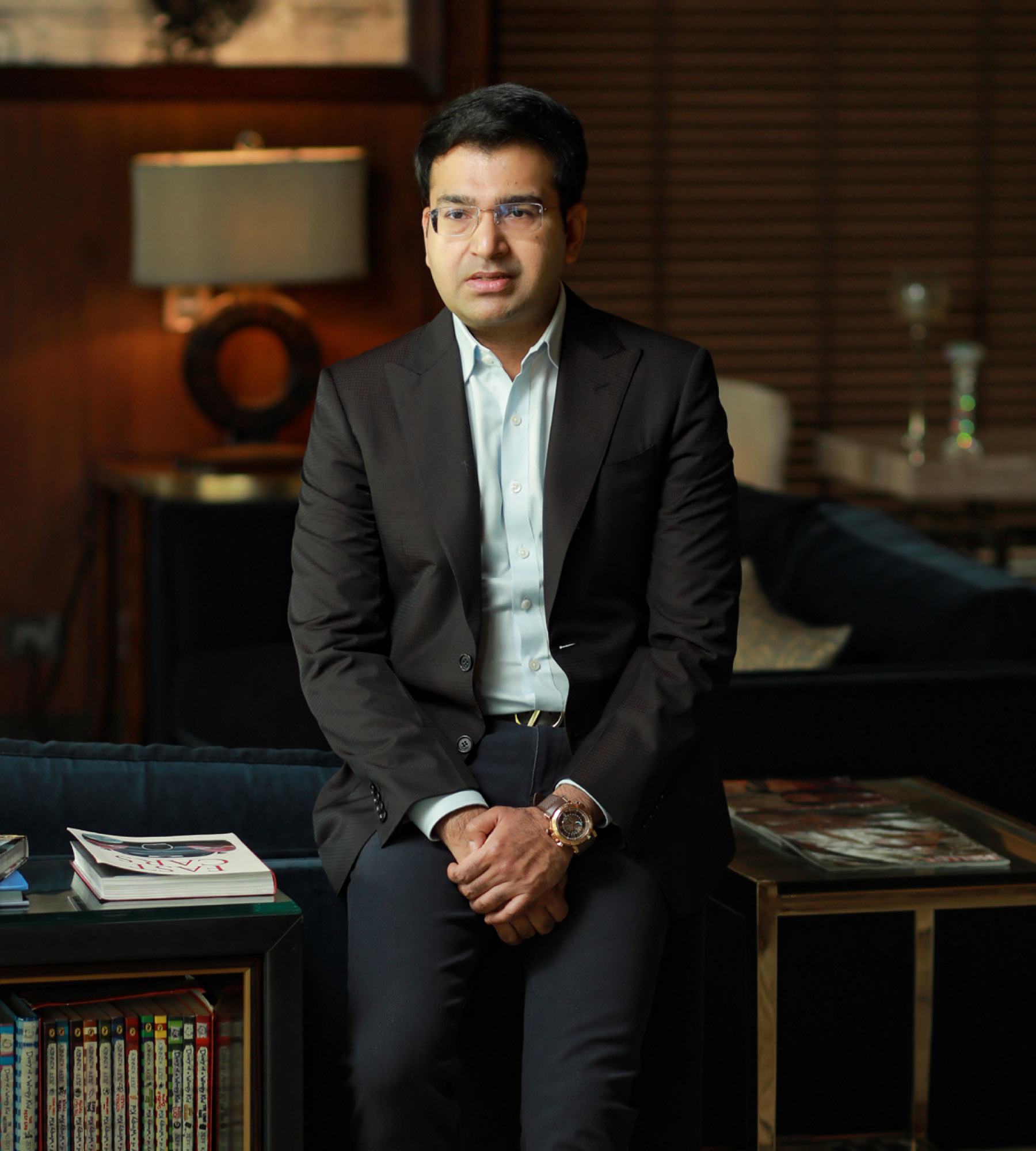

Happy Forgings was founded in 1979 by Managing Director Ashish Garg’s father, Paritosh Kumar, to supply forged bicycle pedals in Punjab, India’s bicycle hub.
Over time, it started supplying to original equipment manufacturers (OEMs). In 2006, when Garg joined the business as an executive director, the company had a turnover of US$12.2 million. It was at this time that Happy Forgings saw the opportunity to enter the OEM business.
“When we decided to go in for OEM business, we invested in an 8,000-metric-ton press line,” Garg tells The CEO Magazine. “We started forging parts of up to 75–80 kilograms.”
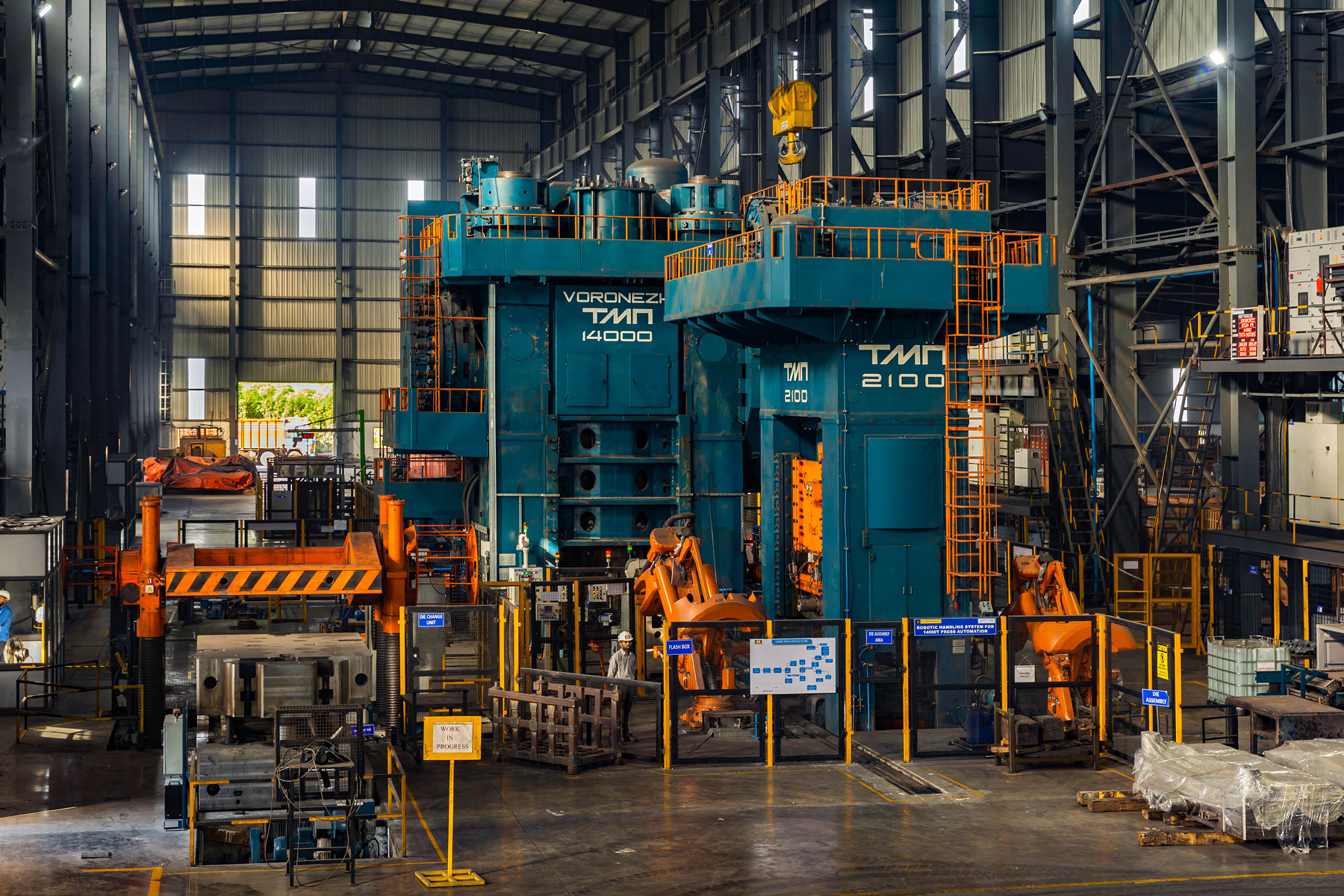
“We try to create benchmarks rather than follow benchmarks.”
This led to its next milestone when the company realized that it also needed to offer full machining solutions to sell to OEMs.
“From 2011–2017, we continuously invested in machining technologies. So from a forging background, we entered the machining business and now we are tier-2 suppliers to OEMs. Today, we supply to almost all domestic as well as international OEMs in the farm equipment and commercial vehicles sector, capital equipment, engines and power generation, and oil and gas,” he says.
“The business, which was doing 100 crores [US$12.2 million] in 2007 annually, is now doing over 100 crores monthly,” Garg adds. “The growth has been tremendous – almost 12–15 times.”
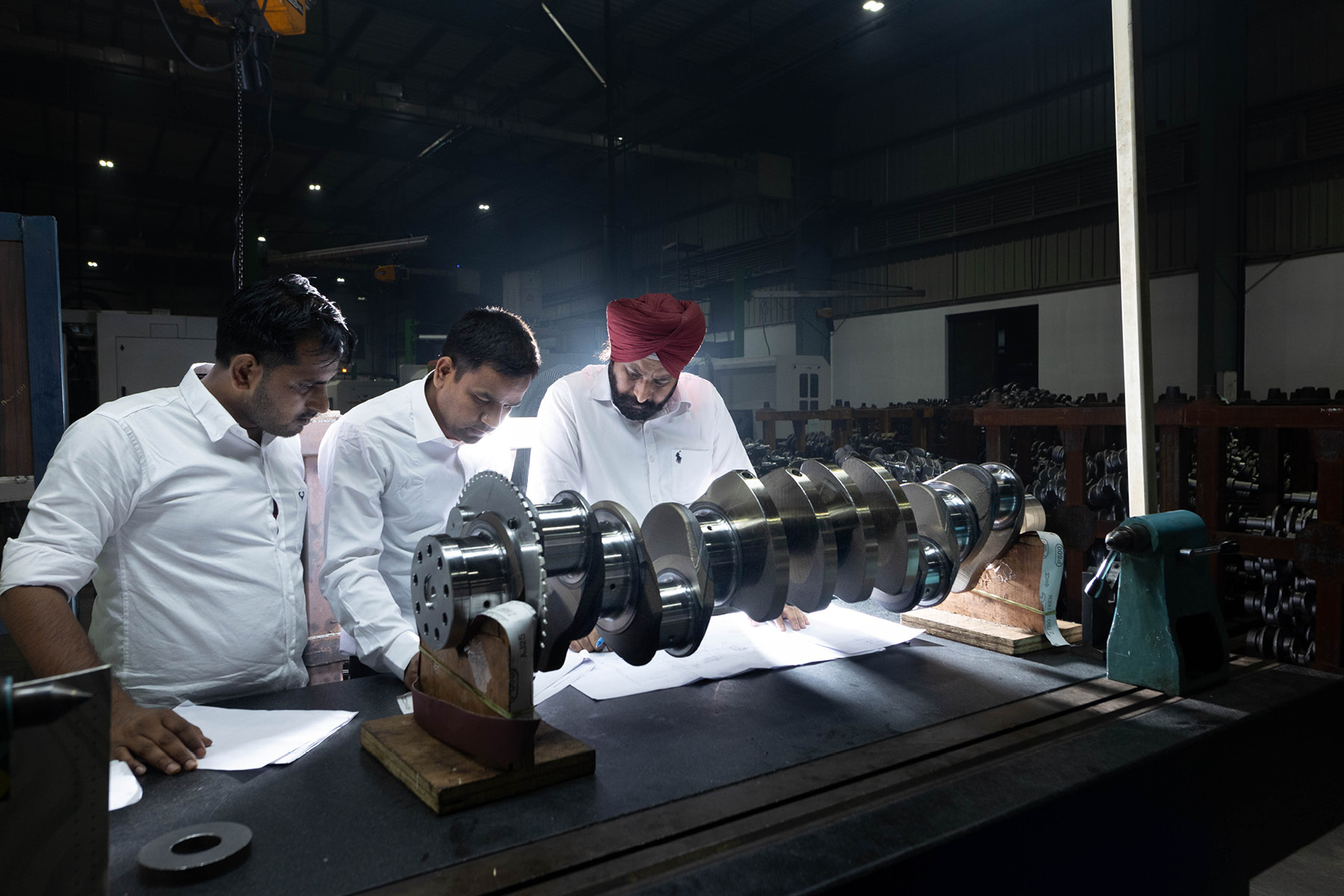
“From 2011–2017, we continuously invested in machining technologies.”
“We call it the most profitable forging business in the entire industry and in the world today. For the past four years, we have been generating earnings before interest, tax, depreciation and amortization margins of over 26 percent. And at the same time, our return ratios are upward of 20 percent.”
Such growth is no accident; Happy Forgings believes in creating its own engineering solutions in-house, and its independence offers stability and strength.
“We try to create benchmarks rather than follow benchmarks,” Garg explains.
As Happy Forgings carries on with its sustained advancement, Garg sees the next phase of expansion to be bigger than the past ones. And this means the investment would be considerably greater, too.
“If we grow at, say, 12 times in the next 15 years, there will be a substantial amount of capital expenditure required,” he predicts.
But investing in human capital is also just as important, according to Garg.
“Talent is something we need to work on. For the past several years, we have grown organically and we have worked a lot on our organizational structure, but we must continuously work on it. We must continuously invest in people,” he explains.
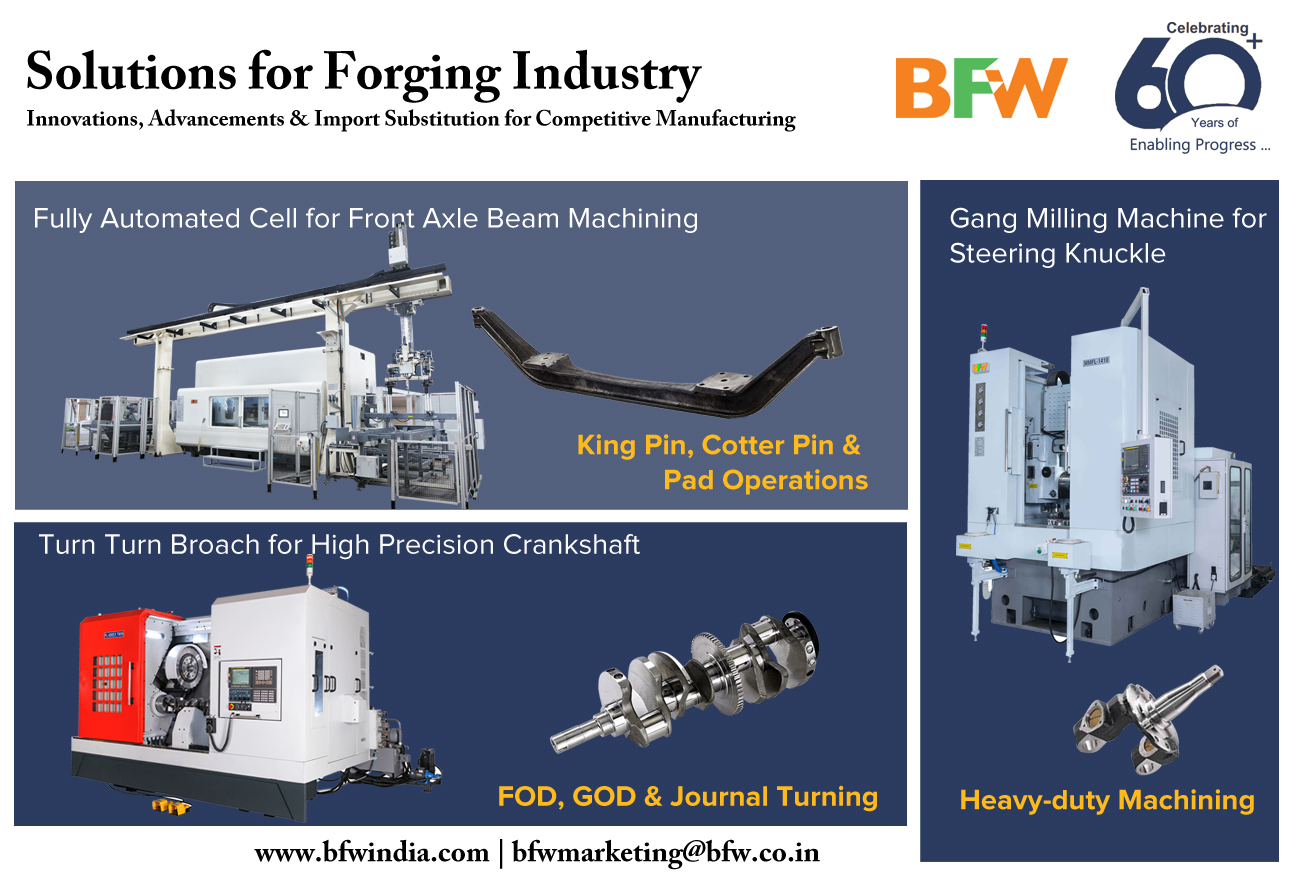
He also feels that the volatility of the business is a serious challenge.
“In recent years, the automotive industry in India has seen a lot of volatility around government regulations like changes in axle loading norms, the fastest migration in the world from BS-III to BS-VI engines followed by the COVID-19 pandemic, semiconductor issues and the geopolitical disruption due to the Russia–Ukraine war,” he says.
“As a strategy in order to counter the impact of these changes, Happy Forgings forayed in the 14,000-metric-ton press line, enabling it to enter into the industrial space, which would be the major business going forward.
“If we see a similar scenario going forward, we may need to work on a lot of non-auto business as well. We need to create a niche and an alternative product range for us to be out of this cyclicality.”
Despite this, Garg sees excellent growth ahead for the Indian economy.
“We have seen that India stands to gain for every condition that is happening globally. The next 12–15 months is probably the golden period for India. Because of the energy crisis in Europe, we feel that there is a lot of business being shifted to India,” he says.
Happy Forgings currently has a 14,000 metric ton press line, one of the biggest in India and among the biggest in Asia. Garg feels this is the best time to bring new customers on board, but he is also aware of the unpredictability of the global economy and how it could affect his business.
“We have seen a lot of different scenarios in the automotive industry. That is why we have kept our lines lean and agile – to create a lot of flexibility within our operations.”
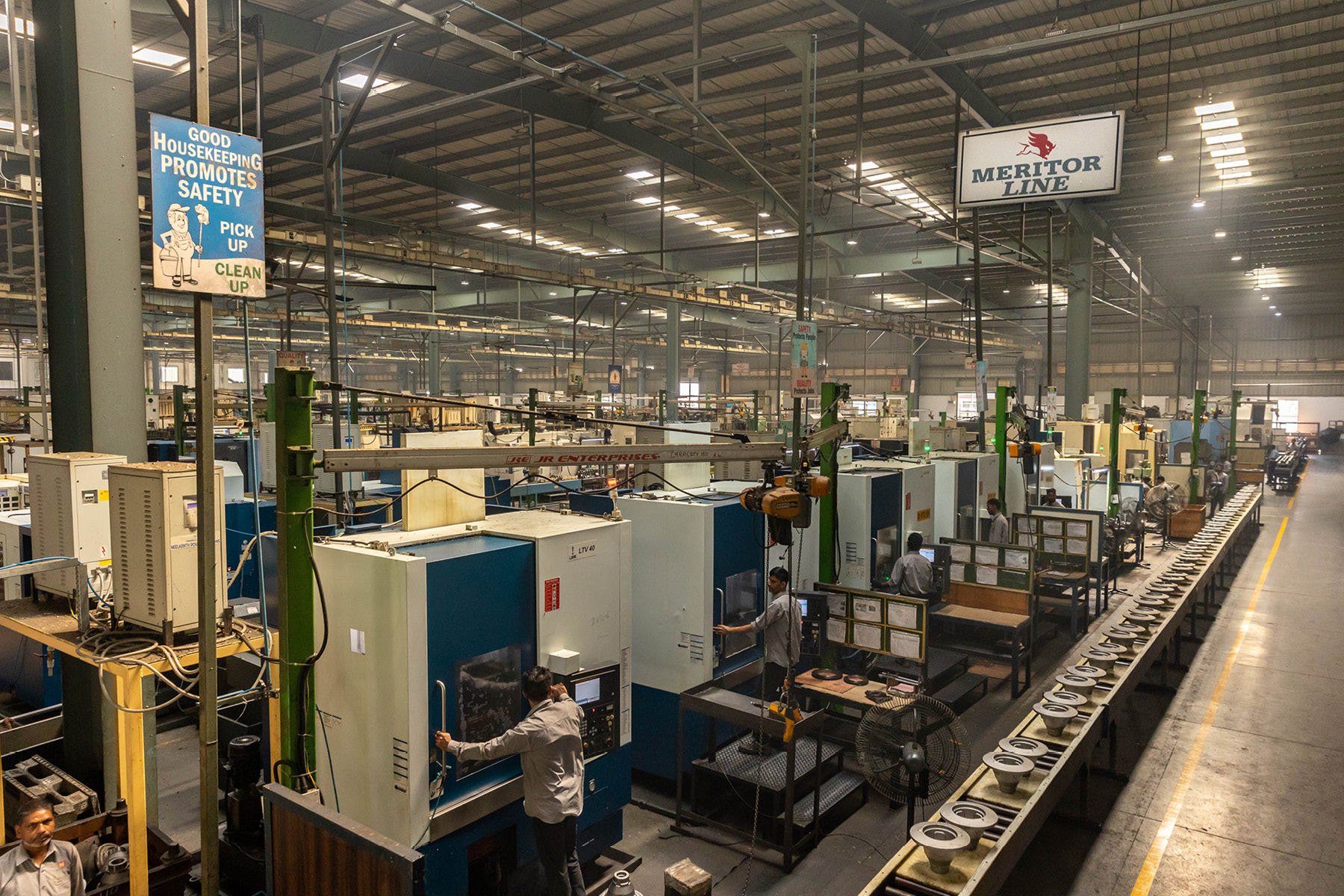
“To run a business with a consistent profit, there should be an unflinching devotion to the business.”
Where operational excellence is concerned, Garg believes Happy Forgings has a definite edge over competitors simply because the company does not chase the competition. “The engineering solutions designed by us speak for themselves in our financials because we can create a high level of margin today in our business,” he explains.
All this requires a strong leadership, and Garg has three key elements in his mantra: being disciplined, taking risks and being constantly on alert.
“To run a business with a consistent profit, there should be an unflinching devotion to the business,” he states. “We must be aware of what is going on globally, and we should be willing to take risks.”